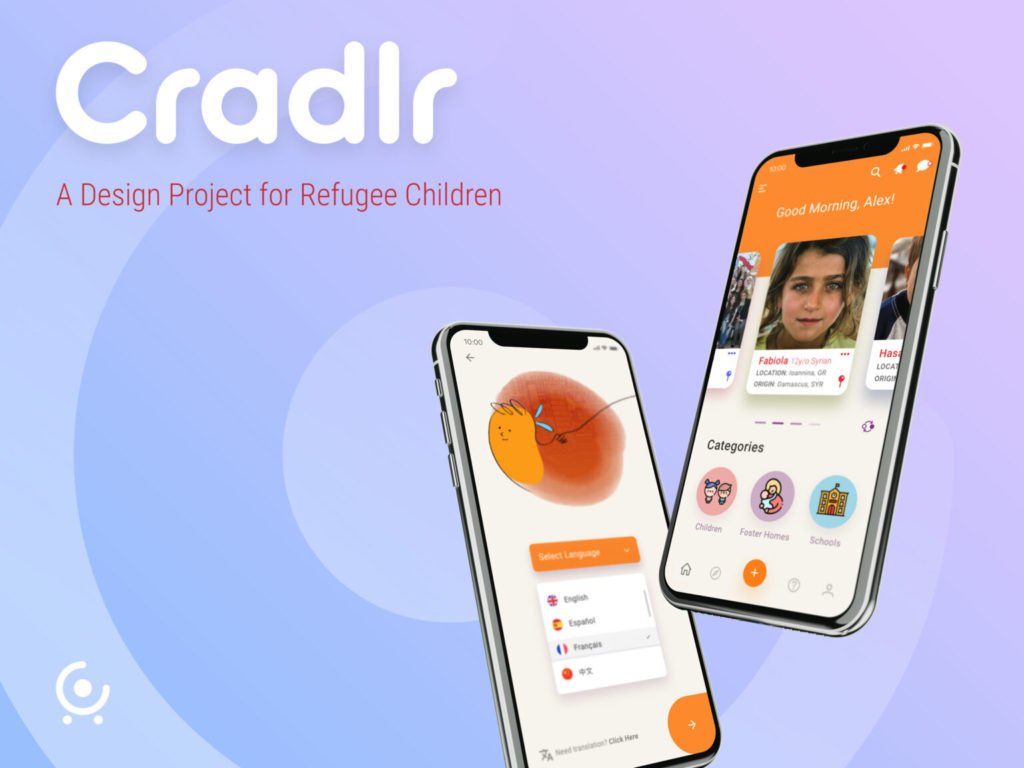Sustainable Digital Design
"If the Internet was a country, it would be the 7th largest polluter." Let's face it, ephemera is the mainstay of graphic design. We make a living designing things that are meant to capture the viewer's immediate attention. In the process there's often a bit of excess. In the print world, this can result in litter on the landscape — think of all the post election signs, billboards, flyers, etc. In the digital realm, it takes the form of how much power is being used for data centers, telecom networks, and end user devices.UX and UI designers can work with their clients to set page weight budgets and limit the size on files that are transferred as a web page loads. This includes paying attention to the size of assets and minimizing the number of custom fonts used and limiting the use of video and animation. Designing in dark mode lowers the drain on batteries. Not only will this require less power, it's a win-win as it will create a smoother user experience.Designers can help make a difference and sign up to do so by taking the pledge and signing the Sustainable Web Manifesto.The manifesto calls upon designers to do the following:
Let's face it, ephemera is the mainstay of graphic design. We make a living designing things that are meant to capture the viewer's immediate attention. In the process there's often a bit of excess. In the print world, this can result in litter on the landscape — think of all the post election signs, billboards, flyers, etc. In the digital realm, it takes the form of how much power is being used for data centers, telecom networks, and end user devices.UX and UI designers can work with their clients to set page weight budgets and limit the size on files that are transferred as a web page loads. This includes paying attention to the size of assets and minimizing the number of custom fonts used and limiting the use of video and animation. Designing in dark mode lowers the drain on batteries. Not only will this require less power, it's a win-win as it will create a smoother user experience.Designers can help make a difference and sign up to do so by taking the pledge and signing the Sustainable Web Manifesto.The manifesto calls upon designers to do the following:
- use services that are powered by renewable energy and use the least amount of energy and material resources as possible.
- use products and services that are accessible and allow for the open exchange of information and allow users to control their data.
- avoid dark patterns when designing
- design products and services that are regenerative and resilient
Designers need to respond to the needs of their clients, however, they can do it responsibly and educate them on the benefits of designing sustainably in the process.https://uxdesign.cc/essentials-for-designing-sustainable-digital-experiences-85563fab928https://www.wired.co.uk/article/netflix-carbon-footprint
Cradlr: Helping Refugee Children with App Design
 Designer Jiang Jian was chosen by Design Incubation as the 2020 Creative Works Award Winner for her UX/UI Design Project, Cradlr, that aims to create a global network to help displaced children all over the world.Wars, political persecution, famines, pandemics, natural disasters, and more have displaced nearly 80 million people, 26 million of them are registered refugees and half of them are under age of 18, and most without access to cell phones or other communication devices. The Cradlr Network is a place where temporary guardians, international and regional organizations, as well as volunteers, can collect these children's stories and data and store in a database which will become a collective digital memory, as well as a resource to connect lives on a global scale to rescue and nurture refugee children. With her design, Jiang Jian hopes to find a humanitarian solution for a complex social challenge.Learn more here:Cradlr: A Design Project for Refugee Children from Jing Zhou Studio on Vimeo.
Designer Jiang Jian was chosen by Design Incubation as the 2020 Creative Works Award Winner for her UX/UI Design Project, Cradlr, that aims to create a global network to help displaced children all over the world.Wars, political persecution, famines, pandemics, natural disasters, and more have displaced nearly 80 million people, 26 million of them are registered refugees and half of them are under age of 18, and most without access to cell phones or other communication devices. The Cradlr Network is a place where temporary guardians, international and regional organizations, as well as volunteers, can collect these children's stories and data and store in a database which will become a collective digital memory, as well as a resource to connect lives on a global scale to rescue and nurture refugee children. With her design, Jiang Jian hopes to find a humanitarian solution for a complex social challenge.Learn more here:Cradlr: A Design Project for Refugee Children from Jing Zhou Studio on Vimeo.